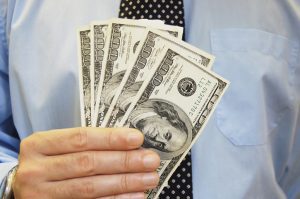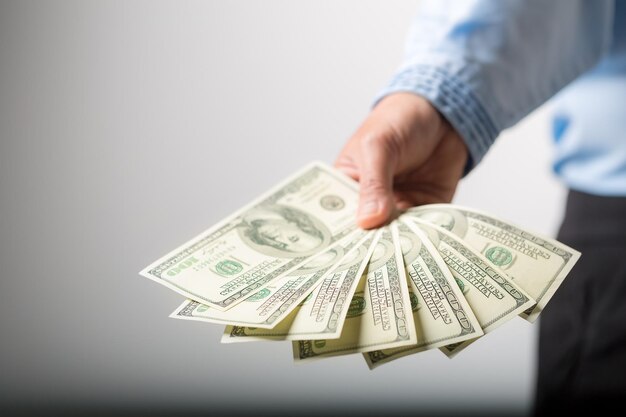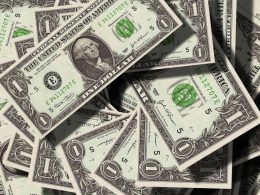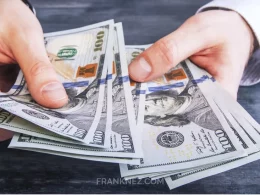The economic landscape of the United States is experiencing a tumultuous period, characterized by inflationary pressures, supply chain disruptions, and shifting consumer behaviors. Amidst these challenges, there’s a growing concern about the affordability of everyday goods and services. From groceries to gasoline, Americans are feeling the pinch of rising prices. However, amidst this backdrop, one might wonder: how are luxury items faring in this environment? Specifically, can the $18 salad, a symbol of culinary indulgence, withstand the pressures of the consumer squeeze?
Understanding the Consumer Squeeze

Before delving into the fate of $18 salads, it’s crucial to grasp the dynamics of the consumer squeeze. This phenomenon stems from various factors, including supply chain bottlenecks, labor shortages, and surging demand post-pandemic. These elements have coalesced to drive up prices across multiple sectors, eroding consumers’ purchasing power.
The Resilience of Premium Dining
Despite the broader economic challenges, premium dining establishments have displayed remarkable resilience. Surveys indicate that a segment of consumers, albeit smaller, continues to patronize upscale restaurants, seeking elevated culinary experiences. This trend suggests that the allure of fine dining remains potent, even in the face of economic headwinds.
The Evolution of Consumer Preferences
In the ever-changing landscape of consumer preferences, there’s a discernible shift towards experiences over possessions. This transformation is evident in the realm of dining, where consumers increasingly prioritize unique culinary experiences over material acquisitions. The $18 salad, once considered a simple menu item, now represents more than just a meal—it embodies a lifestyle choice, a statement of sophistication and discernment in an age of abundance.
Navigating Economic Uncertainties
As economic uncertainties loom large, consumers are confronted with difficult choices regarding their expenditure. While some may tighten their belts and opt for budget-friendly alternatives, others continue to indulge in luxuries, seeking solace and pleasure amidst turbulent times. The $18 salad, with its fusion of premium ingredients and culinary craftsmanship, presents a paradoxical symbol of indulgence in an era marked by frugality and restraint.
The Sustainability Imperative
Beyond economic considerations, the $18 salad also intersects with broader societal trends, notably the growing emphasis on sustainability and ethical consumption. As discerning consumers become increasingly conscious of the environmental and ethical implications of their food choices, premium dining establishments are compelled to reevaluate their sourcing practices and menu offerings. Thus, the $18 salad not only reflects culinary indulgence but also embodies a commitment to quality, authenticity, and sustainability in the modern gastronomic landscape.
The Paradox of Luxury ConsumptionLuxury goods and services often exhibit counterintuitive behavior during economic downturns. While one might expect demand for extravagances to plummet, evidence suggests otherwise. Historically, affluent consumers tend to weather economic storms relatively unscathed, enabling luxury markets to remain buoyant even as mainstream sectors falter.
Analyzing the $18 Salad Phenomenon
To assess the impact of the consumer squeeze on $18 salads, let’s construct an analysis table:
| Factors | Impact on $18 Salads |
|---|---|
| Inflationary Pressures | Marginal increase in salad prices. |
| Supply Chain Disruptions | Limited effect due to premium sourcing. |
| Shifting Consumer Behaviors | Potential decline in demand from some segments. |
Comparative Analysis with Everyday Goods
To contextualize the $18 salad within the broader consumer landscape, let’s juxtapose its pricing dynamics with everyday goods:
| Items | Price Increase (%) | Consumer Perception |
|---|---|---|
| $18 Salad | Marginal | Perceived as luxury indulgence |
| Milk | Moderate | Essential, but cost-conscious |
| Bread | Significant | Noticed due to frequent purchase |
Conclusion
In conclusion, while the US consumer squeeze has reverberated through various sectors, its impact on $18 salads remains nuanced. Luxury dining establishments have demonstrated resilience, albeit against a backdrop of shifting consumer sentiments and economic uncertainties. As inflationary pressures persist and consumer behaviors evolve, the fate of the $18 salad will continue to be a barometer of changing consumption patterns in the United States.












